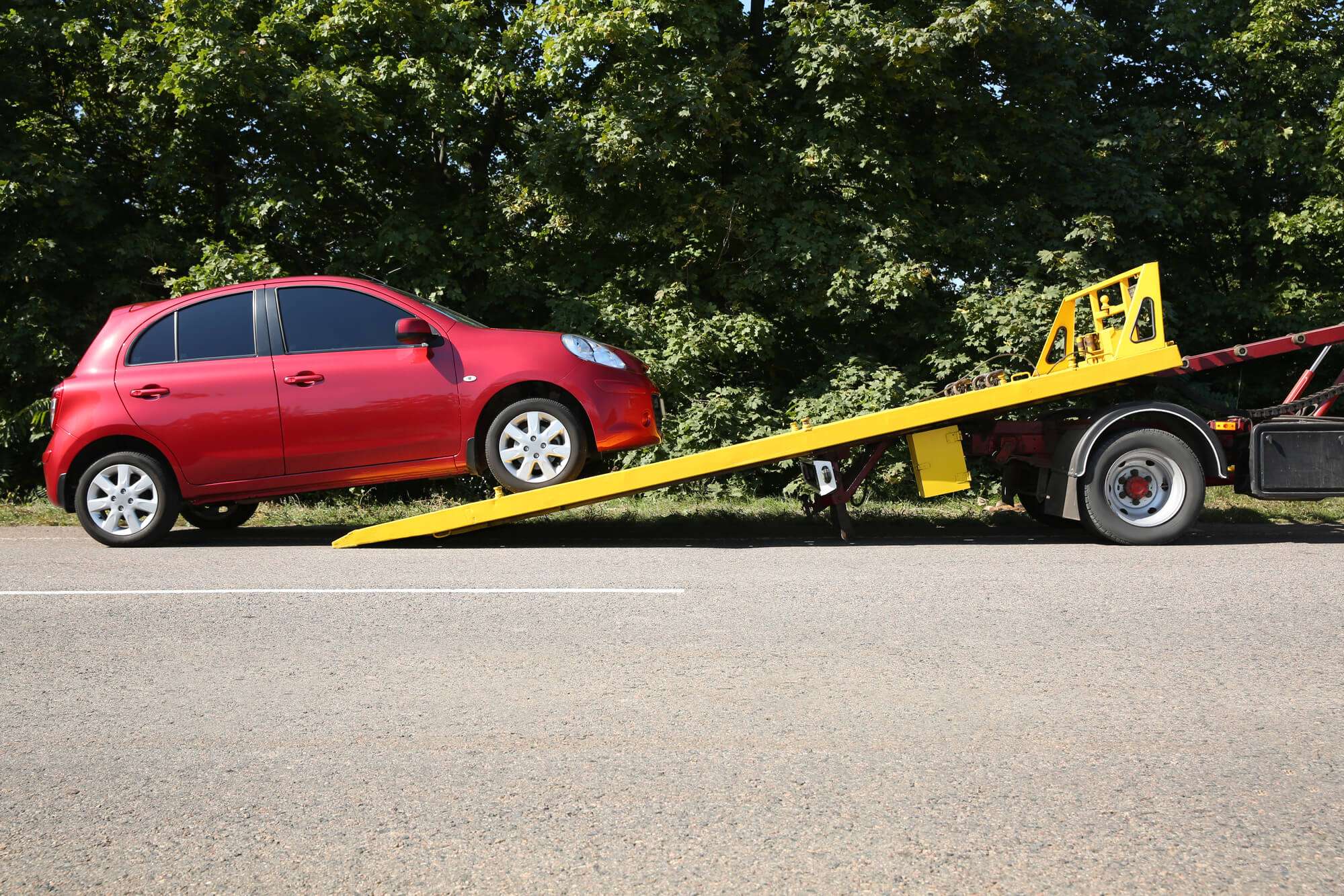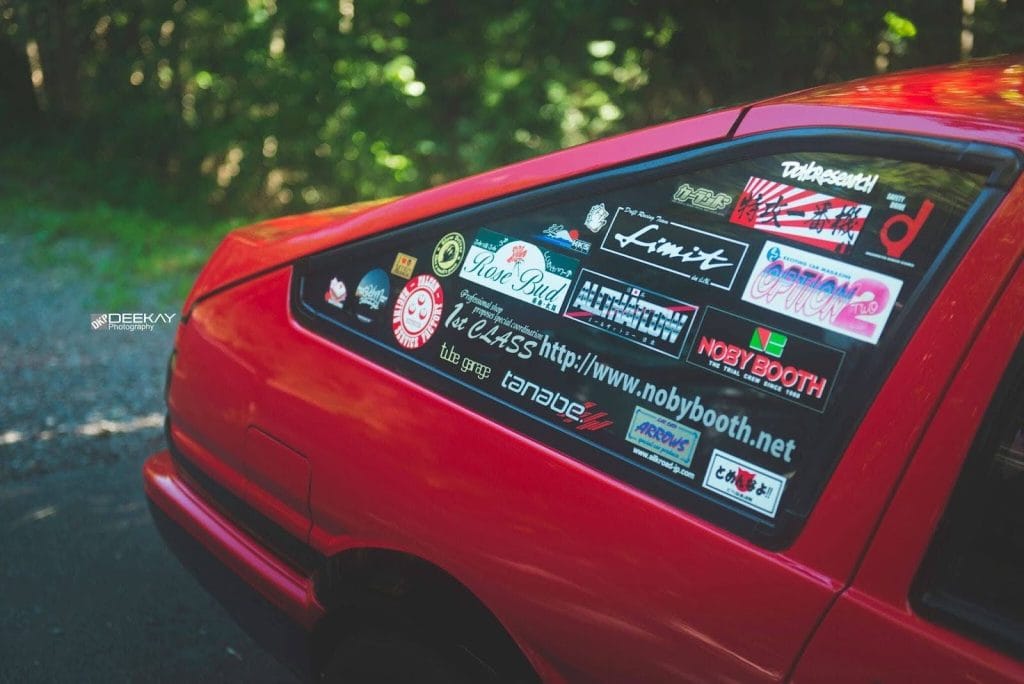Owning a Y-Plate SOFA vehicle in Japan provides great convenience for U.S. military personnel, but what happens when your assignment ends? Many service members wonder if they can take their Y-Plate car back to the United States.
The answer isn’t as straightforward as a simple yes or no—it depends on multiple factors, including vehicle age, U.S. import laws, and necessary paperwork. In this blog, we’ll break down everything you need to know about exporting your Y-Plate vehicle to the U.S.
Understanding Y-Plate Cars
A Y-Plate car is a vehicle registered under the Status of Forces Agreement (SOFA), which allows U.S. military personnel stationed in Japan to own and operate vehicles with special plates. These vehicles are tax-exempt in Japan but must still comply with local vehicle laws, including shaken (vehicle inspection) and insurance requirements.
When transferring back to the United States, it’s crucial to determine whether your Y-Plate vehicle is eligible for import under U.S. regulations.
Is Your Y-Plate Car Eligible for Import to the U.S.?
Not all vehicles can be imported into the U.S. without modifications. The National Highway Traffic Safety Administration (NHTSA) and Environmental Protection Agency (EPA) enforce strict guidelines on vehicle imports. Here’s how to determine if your Y-Plate vehicle qualifies:
1. Is Your Vehicle Over 25 Years Old?
The 25-year rule allows cars that are at least 25 years old to be imported without modifications to meet U.S. safety and emissions standards. If your Y-Plate vehicle was manufactured in 1999 or earlier, you can legally import it under this exemption.
2. Was Your Vehicle Originally Made for the U.S. Market?
Some military personnel purchase U.S.-spec vehicles in Japan. If your Y-Plate car was originally manufactured to U.S. standards, it is usually much easier to re-register in the States.
3. Does Your Vehicle Meet U.S. Safety and Emissions Standards?
If your car is less than 25 years old and was not originally built to U.S. specifications, it will need to be modified to comply with Department of Transportation (DOT) and EPA regulations. This can be costly and time-consuming.
Steps to Importing Your Y-Plate Car to the U.S.
If your Y-Plate car is eligible for import, follow these steps to ensure a smooth transition:
Step 1: Obtain Export Approval in Japan
- Visit your base vehicle registration office to get clearance for exporting your car.
- Notify the Japan Customs Office that you intend to export the vehicle.
- Obtain a Deregistration Certificate (Jidōsha Shaken Torikeshi Shōmei-sho) from the Land Transport Bureau.
Step 2: Arrange for Shipping
- Select a reliable vehicle shipping company that specializes in military vehicle exports.
- Choose between Roll-on/Roll-off (RoRo) shipping or container shipping.
- Expect to pay between $2,000 and $5,000 for shipping, depending on the vehicle size and destination port.
Step 3: U.S. Customs Clearance
- File an Importer Security Filing (ISF-10+2) before your vehicle arrives in the U.S.
- Submit EPA Form 3520-1 (Environmental Compliance) and DOT Form HS-7 (Safety Compliance) to U.S. Customs and Border Protection (CBP).
- Pay applicable import duties (varies based on vehicle type and origin).
Step 4: Modify the Vehicle (If Required)
- If your car does not meet U.S. regulations, you must hire a Registered Importer (RI) to modify it.
- Modifications may include speedometer conversion, lighting adjustments, and emissions testing.
Step 5: Register and Insure Your Car in the U.S.
- Once your vehicle clears customs, take it to the Department of Motor Vehicles (DMV) to register it.
- Purchase a U.S. auto insurance policy before driving legally.
Pros and Cons of Bringing Your Y-Plate Car to the U.S.
✅ Pros:
- Keeps a car you’re already familiar with.
- Avoids the hassle of buying a new car in the U.S.
- Classic vehicles (25+ years) don’t require modifications.
❌ Cons:
- Expensive shipping and import fees.
- Strict safety and emissions regulations for newer vehicles.
- Complex paperwork and potential modifications.
Alternative Options if Your Car Can’t Be Imported
If your Y-Plate car does not meet U.S. import requirements, consider these alternatives:
- Sell it in Japan: Many dealerships, including Direct Cars, specialize in buying Y-Plate vehicles.
- Trade it in for a U.S.-spec car: Some military and embassy car dealers offer trade-in programs.
- Store it in Japan: If you plan to return, storing your vehicle may be a viable option.
Final Thoughts
Bringing a Y-Plate car to the U.S. is possible but requires careful planning. The 25-year rule simplifies the process for older vehicles, while newer cars may require modifications to meet DOT and EPA standards. Be sure to check your vehicle’s eligibility before making any decisions, and consider working with experienced exporters and customs brokers to ensure a smooth transition.
If you decide to sell your Y-Plate vehicle instead, Direct Cars can help you get the best value with hassle-free transactions.
🚗 Need assistance with selling or exporting your car? Contact Direct Cars today! 🚗

